DIY Fabric Protection: 8 Effective Ways to Keep Spills off Your Sofa
Table Of Contents
- Why Fabric Protection Matters for Your Sofa
- Before You Start: Understanding Your Sofa Fabric
- 8 DIY Fabric Protection Solutions
- Application Tips for Best Results
- Ongoing Maintenance Tips
- Special Considerations for Singapore's Climate
- When to Call the Professionals
- Conclusion
You've just invested in a beautiful new fabric sofa—perhaps a stylish fabric sofa from Loft Home—and now you're wondering how to keep it looking pristine for years to come. In Singapore's humid climate, with unexpected rain showers and the occasional food or drink spill, protecting your fabric furniture isn't just a good idea—it's essential.
While professional fabric protection services exist, DIY fabric protection solutions can be equally effective when done correctly. They're also more budget-friendly and can be applied whenever you need them. Whether you've just purchased a new sofa or want to extend the life of your existing furniture, this guide will walk you through simple, effective methods to keep spills from becoming permanent stains.
From natural solutions you can make with ingredients from your kitchen to store-bought options that provide robust protection, we've gathered the most effective DIY fabric protection methods specifically suited for Singapore homes. Let's dive in and learn how to shield your sofa from life's little accidents while maintaining its beauty and comfort.
Why Fabric Protection Matters for Your Sofa
Fabric sofas are beloved for their comfort, warmth, and variety of textures and designs. However, they're also more vulnerable to stains and damage than leather or synthetic alternatives. Here's why investing time in fabric protection makes sense:
In Singapore's tropical climate, humidity can encourage mold and mildew growth on fabrics. Additionally, our busy lifestyles often involve eating or drinking while seated on our sofas, creating opportunities for spills. Even if you have a strict "no food on the sofa" rule, everyday dust, oils from skin contact, and airborne particles will eventually affect your furniture's appearance.
Proper fabric protection creates an invisible barrier that prevents liquids from immediately soaking into the fibers. Instead of being absorbed, spills bead up on the surface, giving you precious extra seconds to blot them away before they set in. This barrier also makes regular cleaning more effective and helps maintain the vibrancy of your fabric's color over time.
For families with children or pets, fabric protection isn't just a nice-to-have—it's practically essential. It transforms your beautiful 3-seater sofa or cozy L-shaped sofa from a source of constant worry into a stress-free part of your living space.
Before You Start: Understanding Your Sofa Fabric
Different fabric types require different protection approaches. Before applying any product to your sofa, it's crucial to identify what material you're working with:
Natural Fibers: Cotton, linen, and wool are common natural fibers used in sofa upholstery. These materials are generally more absorbent and may require more thorough protection. They often respond well to water-based protectors but may need more frequent reapplication.
Synthetic Fibers: Polyester, nylon, and microfiber are popular synthetic options. These typically have some inherent stain resistance but can still benefit from additional protection. Synthetic fibers often work well with silicone-based protectors.
Blends: Many modern fabrics are blends of natural and synthetic fibers, combining the best qualities of each. Check your furniture's tags or documentation to identify the specific blend.
Always check the manufacturer's care instructions before applying any protection solution. If you've purchased from Loft Home, you can refer to the product details or reach out to their customer service for specific care recommendations for your sofa model.
Most importantly, always test any DIY protection solution on a hidden area first—perhaps underneath the sofa or on the back where it sits against a wall. Wait 24 hours to ensure there's no discoloration, texture change, or other adverse reactions before proceeding with the entire piece.
8 DIY Fabric Protection Solutions
Let's explore eight effective DIY methods to protect your fabric sofa from spills and stains. These solutions range from commercial products to simple household ingredients, giving you options regardless of your preferences or budget.
1. Commercial Fabric Protection Sprays
For those who prefer convenience, store-bought fabric protectors are readily available in Singapore. Products like Scotchgard™ and Guardsman® create an invisible shield that repels liquids and prevents stains without changing how your fabric looks or feels.
These sprays typically contain fluorochemicals or silicone that bond with the fabric fibers. Most commercial options need to be reapplied every 6-12 months, depending on how frequently the furniture is used.
Application is straightforward: thoroughly clean your sofa, ensure it's completely dry, then spray evenly from about 15-20cm away until the fabric is lightly dampened (not soaked). Allow 24 hours of drying time before using your furniture again.
While effective, these products do contain chemicals, so ensure good ventilation during application and follow all manufacturer instructions carefully.
2. White Vinegar Solution
For a more natural approach, white vinegar creates a surprisingly effective fabric protector. The acetic acid in vinegar helps repel water-based spills and has the added benefit of odor elimination.
To create this solution, mix one part white vinegar with three parts water in a spray bottle. For extra protection, add a tablespoon of baking soda per cup of solution. Shake well before spraying lightly over your sofa's surface. The vinegar smell will dissipate as it dries, typically within a few hours.
This method is especially suitable for natural fiber fabrics and is safe for households with children and pets. However, it needs more frequent reapplication—generally every 3-4 months—than commercial alternatives.
This solution works well for protecting your Scandinavian sofa or other light-colored fabric furniture without risk of discoloration.
3. Baking Soda Method
Baking soda is not just for cleaning—it can also serve as a fabric protector by creating a barrier that repels liquids. This method works particularly well for high-traffic areas of your sofa like armrests and seat cushions.
Start by thoroughly vacuuming your sofa. Then, sprinkle a light, even layer of baking soda across the fabric. Using a soft brush, gently work it into the fibers without being too abrasive. Leave it for at least 4-6 hours (overnight is ideal), then vacuum thoroughly.
While this method doesn't provide as robust protection as commercial sprays, it's completely non-toxic and can help extend the time you have to clean up spills before they become stains. It's also excellent for odor control, making it perfect for homes with pets or smokers.
For best results on your modern fabric sofa, repeat this treatment every month or after deep cleaning.
4. Cornstarch Solution
Cornstarch creates a fine protective film on fabric fibers that helps repel water-based spills. This method is particularly effective for delicate fabrics that might react poorly to chemical treatments.
To create this solution, mix 2 tablespoons of cornstarch with 2 cups of water in a spray bottle. Shake vigorously until the cornstarch is fully dissolved. Spray lightly over your sofa, ensuring even coverage without saturating the fabric. Allow the solution to dry completely—typically 4-5 hours in Singapore's climate with good air circulation.
This treatment creates a subtle barrier that's especially effective against water-based spills like juice, coffee, or tea. While not as long-lasting as commercial options, it's gentle, food-safe, and perfect for households with young children.
For optimal protection of your fabric sofa, reapply this solution monthly, particularly during rainy seasons when indoor humidity is higher.
5. Fabric Wax Protection
Fabric wax creates a more substantial barrier against spills and is particularly effective for heavily used sofas. While less common than spray protectors, wax treatments often last longer and provide robust protection.
You can purchase specialized fabric wax products, or in a pinch, use unscented candle wax or beeswax for a DIY version. For the DIY approach, gently rub a small amount of wax onto the fabric using circular motions, then use a hairdryer on low setting to melt it slightly into the fibers. Buff with a clean cloth once cool.
This method works best for sturdy fabrics with tight weaves rather than loose or delicate upholstery. The protection created is quite effective against both water and oil-based spills, making it ideal for dining area sofas or households with children.
Wax protection typically lasts 6-12 months before needing reapplication, making it a low-maintenance option for busy Singapore households with contemporary sofas.
6. Vodka Spray Method
It might sound unusual, but vodka makes an effective fabric protector due to its alcohol content, which evaporates quickly while leaving behind a subtle protective film. This method is particularly useful for delicate fabrics that can't withstand heavier treatments.
Simply fill a spray bottle with inexpensive, unflavored vodka and lightly mist your sofa. There's no need to dilute it—the alcohol will evaporate completely, leaving no smell. This treatment helps repel water-based spills and has the added benefit of killing odor-causing bacteria.
For best results on your minimalist sofa, spray from about 30cm away to ensure even, light coverage. Allow the furniture to dry completely before use, which typically takes just 30-60 minutes in Singapore's climate.
While not as durable as commercial protectors, this method is safe for all fabrics, including vintage and delicate upholstery. Reapply monthly for continuous protection.
7. Essential Oil Mixtures
Certain essential oils have natural water-repellent properties that can help protect fabric while leaving a pleasant scent. This method combines fabric protection with aromatherapy benefits.
Create a solution by mixing 10-15 drops of cedarwood, rosemary, or tea tree oil with two cups of distilled water in a spray bottle. These particular oils have natural repellent properties. Shake well before each use and spray lightly over your sofa fabric.
This method provides light protection against water-based spills while adding a subtle, natural fragrance to your living space. It's particularly well-suited to Singapore homes where conventional chemical sprays might feel overwhelming in enclosed air-conditioned spaces.
For your bohemian style sofa or other fabric furniture, reapply this treatment every 2-3 weeks, adjusting the essential oil type seasonally if desired.
8. Alum Powder Solution
Alum powder (potassium aluminum sulfate) is a traditional fabric treatment that creates an effective barrier against liquids. It's available in baking sections of supermarkets or at specialty cooking stores in Singapore.
To create this protective solution, dissolve 2 tablespoons of alum powder in 2 cups of hot water. Once fully dissolved and cooled to room temperature, transfer to a spray bottle. Apply evenly to your sofa, keeping the spray light but ensuring complete coverage.
This treatment works particularly well on natural fibers like cotton and linen. Once dry, it creates an invisible barrier that causes liquids to bead up rather than immediately soak in, giving you crucial extra seconds to blot spills before they set.
Alum solution is odorless once dry and safe for all household members. For consistent protection of your sofa with removable covers, reapply this treatment after each cover washing or every 3-4 months.
Application Tips for Best Results
Regardless of which DIY fabric protection method you choose, following these application best practices will ensure optimal results:
Clean Thoroughly First: Always start with a clean sofa. Any dirt or residue trapped under the protector will be difficult to remove later. Vacuum thoroughly and consider steam cleaning if your fabric allows it.
Test in Hidden Areas: Before full application, test your chosen protection method on an inconspicuous area like the back corner or underneath. Wait 24 hours to check for any discoloration or texture changes.
Even Application: Whether spraying or applying manually, ensure even coverage. Overlapping slightly between sections helps avoid missed spots. For spray applications, maintain a consistent distance (usually 15-30cm) from the fabric.
Don't Oversaturate: More isn't better when it comes to fabric protection. Aim to dampen the surface lightly rather than soak it, which can lead to uneven drying and potential water damage to the sofa frame.
Allow Proper Drying Time: Patience is crucial. Most protection methods require 24-48 hours to fully bond with the fabric and dry completely. Use fans to circulate air but avoid direct heat sources like hairdryers, which can affect how the protector bonds with the fabric.
Following these guidelines will help maintain the beauty and longevity of your Loft Home sofa while ensuring the protection is effective against everyday spills.
Ongoing Maintenance Tips
Fabric protection isn't a one-and-done solution—regular maintenance helps ensure continued effectiveness:
Regular Vacuuming: Dust and debris can wear down protective treatments over time. Vacuum your sofa weekly using an upholstery attachment with soft bristles.
Prompt Spill Response: Even with protection, quick action matters. Keep clean, white absorbent cloths nearby to blot (not rub) spills immediately. Work from the outside of the spill toward the center to prevent spreading.
Scheduled Reapplication: Most fabric protectors, whether commercial or DIY, need periodic reapplication. Mark your calendar based on the method you've chosen—typically every 3-12 months depending on the solution and how frequently the furniture is used.
Seasonal Deep Cleaning: Consider a thorough cleaning before reapplying protection seasonally. For sofas with removable covers, follow the manufacturer's washing instructions, then reapply protection once covers are completely dry.
With proper maintenance, your fabric protection efforts will keep your sofa looking fresh and clean for years to come.
Special Considerations for Singapore's Climate
Singapore's tropical climate presents unique challenges for fabric furniture protection:
Humidity Management: High humidity can affect how fabric protectors perform and dry. When applying any solution, use air conditioning or dehumidifiers to maintain lower humidity levels until the treatment dries completely.
Mold Prevention: Our climate creates ideal conditions for mold and mildew growth. Look for fabric protectors with antimicrobial properties or add a few drops of tea tree oil to DIY solutions for natural mold resistance.
Sun Protection: Strong sunlight through windows can fade fabrics and break down protective treatments faster. Consider applying UV-protective solutions if your sofa receives direct sunlight, or use window films to reduce UV exposure.
More Frequent Treatment: Due to higher humidity and year-round warm weather, protective treatments may break down faster in Singapore than in temperate climates. Consider reapplying DIY protectors more frequently, especially during monsoon seasons when indoor humidity peaks.
By accounting for these local conditions, you can ensure your fabric sofa remains protected against the unique challenges of Singapore living.
When to Call the Professionals
While DIY fabric protection is effective for regular maintenance, some situations warrant professional help:
Valuable or Antique Furniture: If your sofa is an expensive designer piece or antique, professional protection services use specialized treatments that may provide more comprehensive coverage without risking damage.
Stubborn Existing Stains: If your sofa already has set-in stains that you haven't been able to remove with DIY methods, professionals can often address these before applying protection.
Delicate or Unusual Fabrics: Specialty fabrics like silk, velvet, or certain imported textiles may require expert knowledge and custom protection solutions.
Comprehensive Home Treatment: If you want to protect all fabric furniture and carpets in your home with consistent results, professional services can often provide whole-house treatments more efficiently.
Professional fabric protection in Singapore typically costs between $150-$450 depending on the size of your sofa and the type of treatment. While more expensive than DIY options, professional applications often last longer (1-5 years) and may come with limited warranties against staining.
Conclusion
Protecting your fabric sofa from spills and stains doesn't have to involve expensive professional services or harsh chemicals. With the DIY fabric protection methods we've explored, you can effectively shield your furniture from life's little accidents while maintaining its beauty and extending its lifespan.
Whether you opt for a commercial fabric spray for convenience, a natural solution like vinegar or baking soda for an eco-friendly approach, or one of the other methods we've discussed, the key is consistency. Regular application according to the recommended schedule for your chosen method will ensure continuous protection.
Remember that fabric protection works best as part of a comprehensive care routine that includes regular cleaning, prompt attention to spills, and awareness of Singapore's unique climate considerations. By combining preventive protection with good furniture care habits, your fabric sofa from Loft Home will remain a beautiful, comfortable centerpiece in your living space for many years to come.
With these DIY fabric protection solutions, you can enjoy your sofa without worry—whether you're hosting guests, relaxing with family, or curling up with a cup of tea during a rainy afternoon. Your furniture deserves this extra layer of care, and your peace of mind is well worth the small investment of time.
Visit Loft Home Furniture to explore our collection of high-quality, designer-inspired sofas and furniture for every room in your home. From fabric sofas to leather options, modern styles to classic designs, we offer premium furnishings at transparent, honest prices. With our 30-day return policy and professional delivery service, transforming your living space has never been easier.
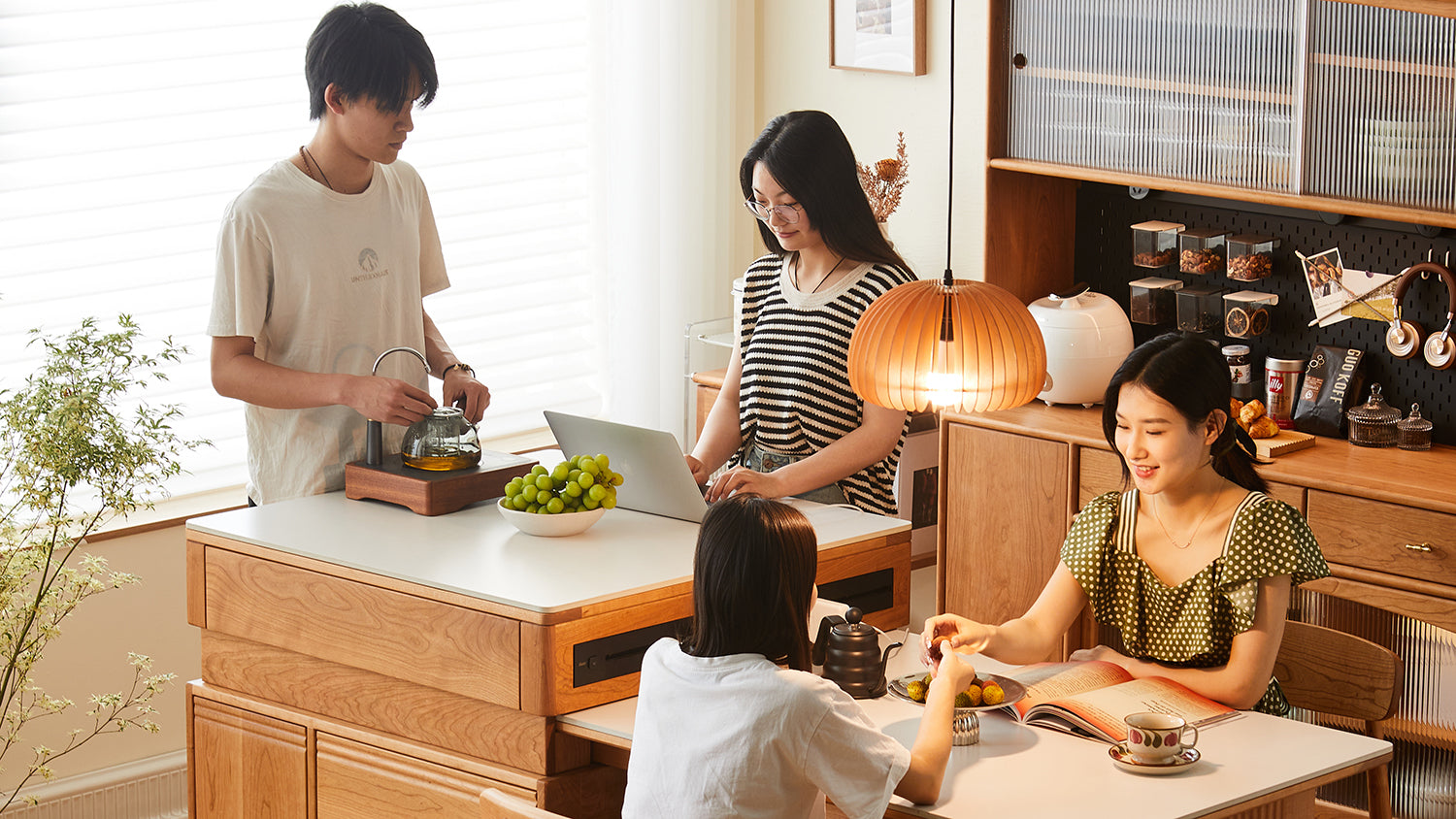

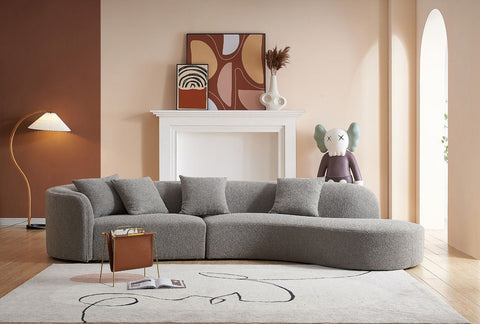
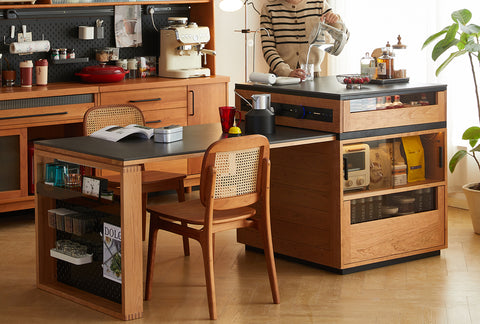
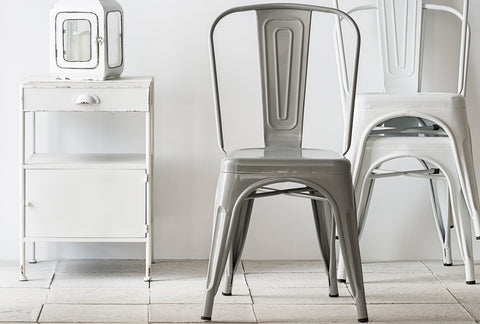
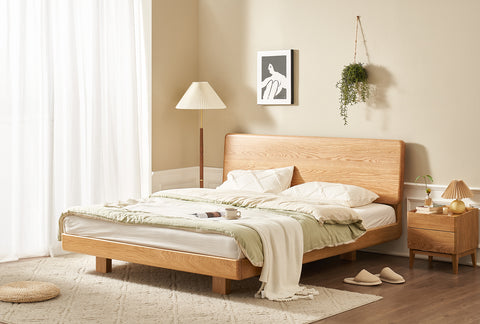
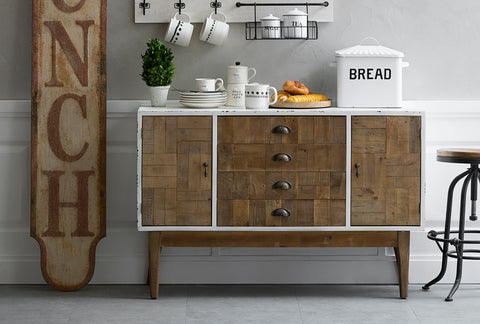








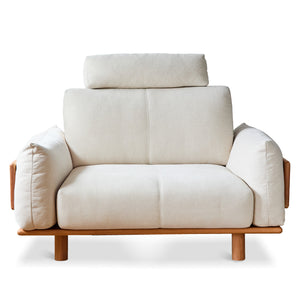


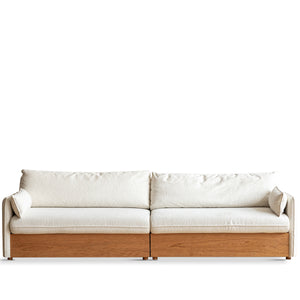
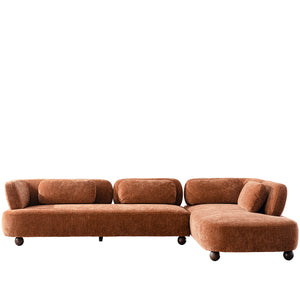
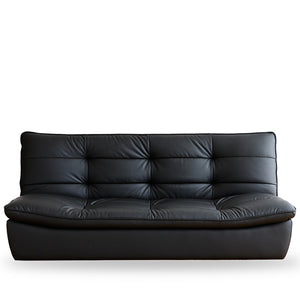
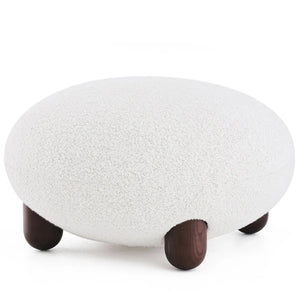


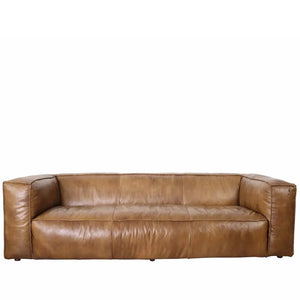
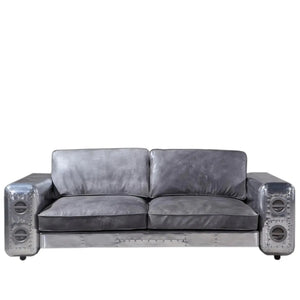
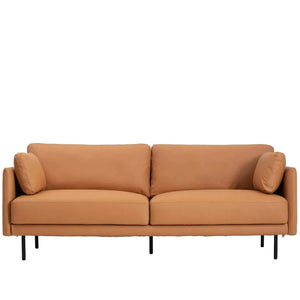
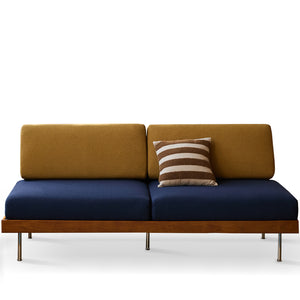
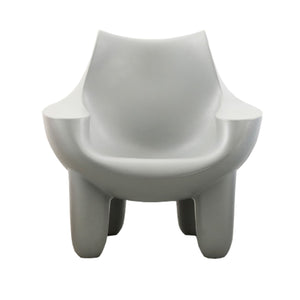


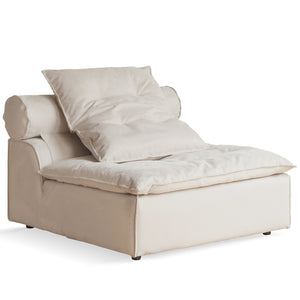

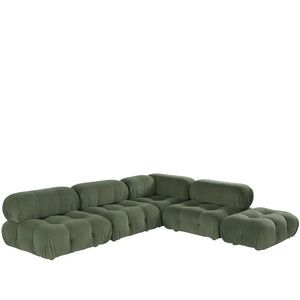
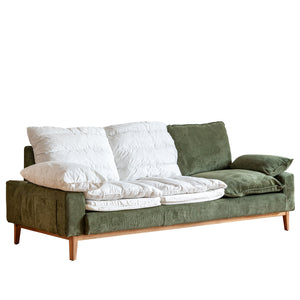
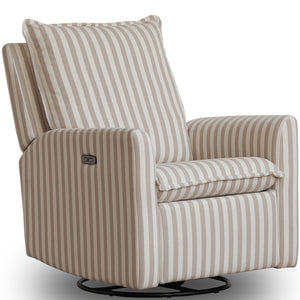

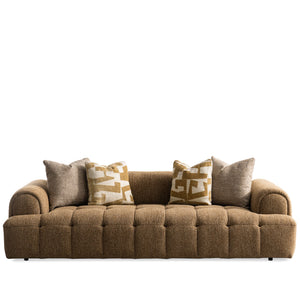

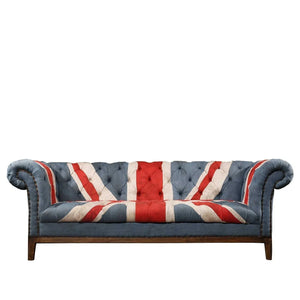
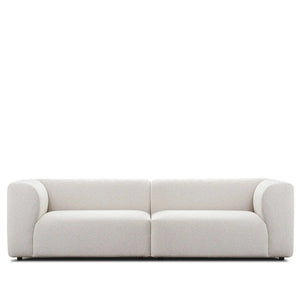
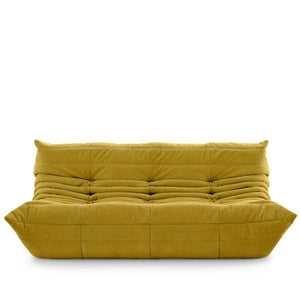
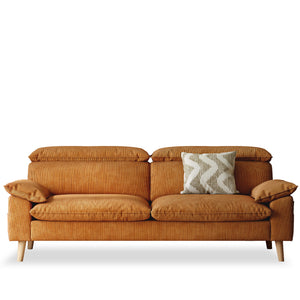

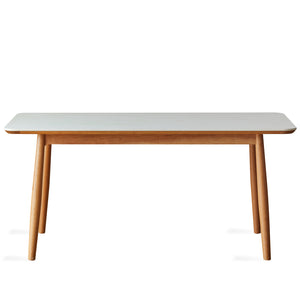
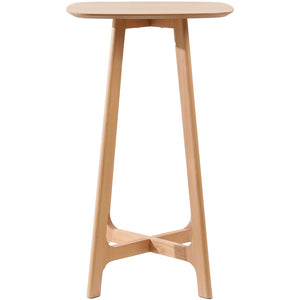
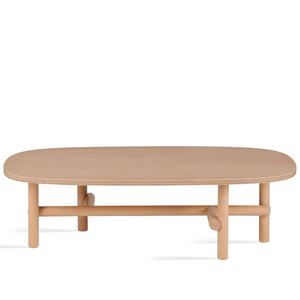

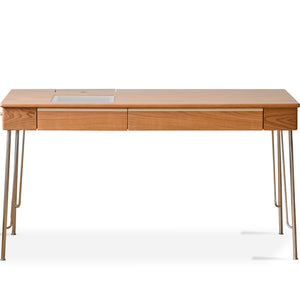
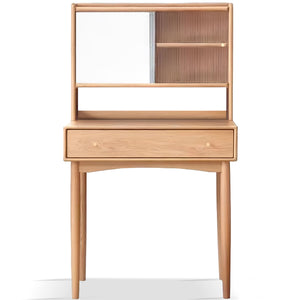

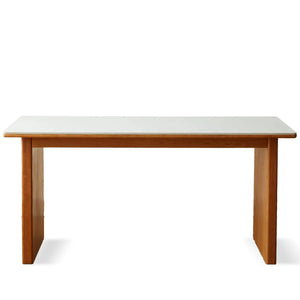
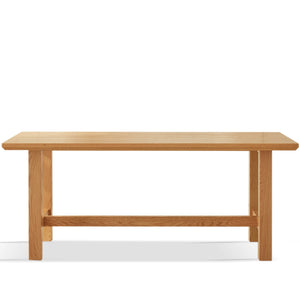
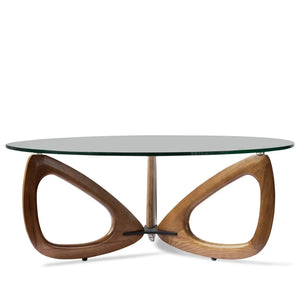
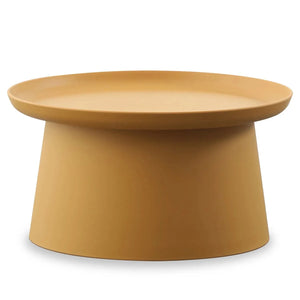

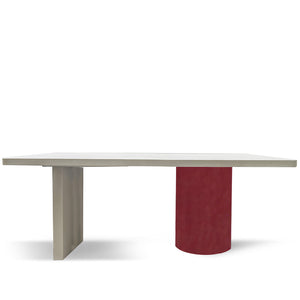

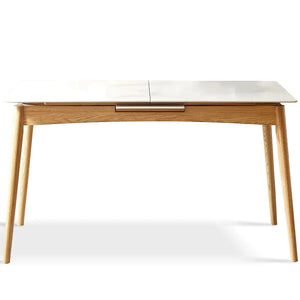
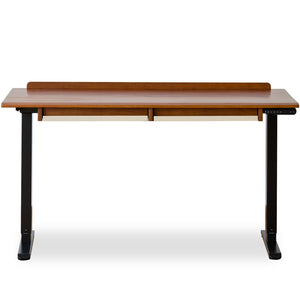
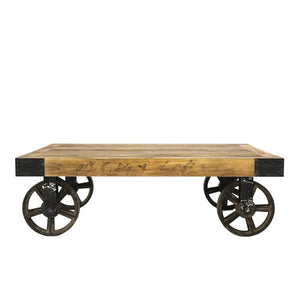

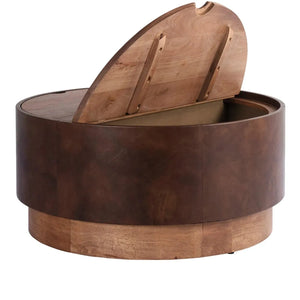


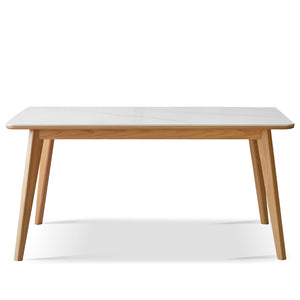

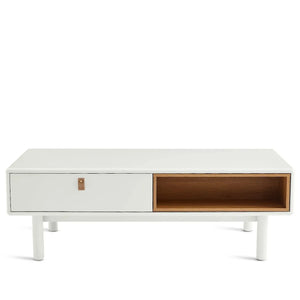
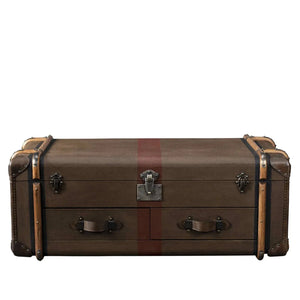
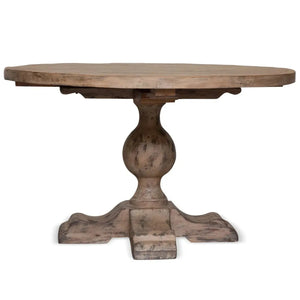
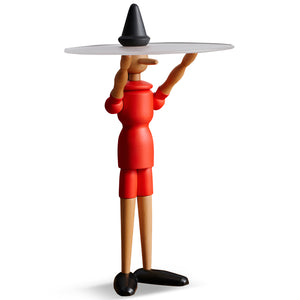

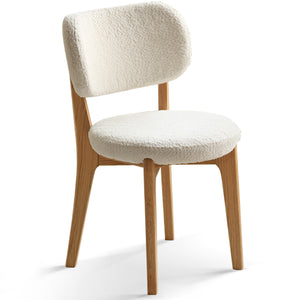
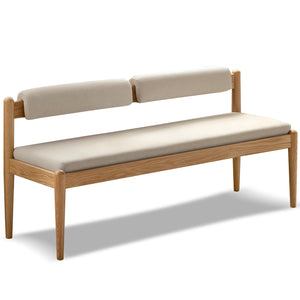
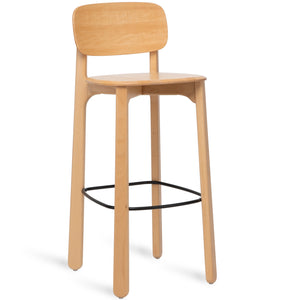
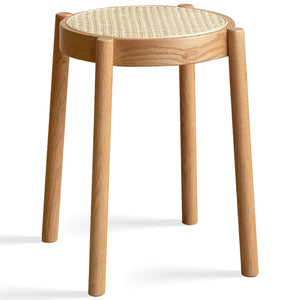
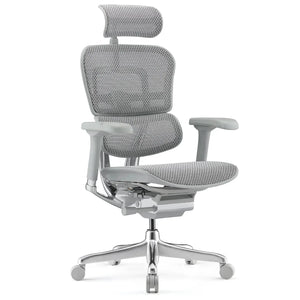

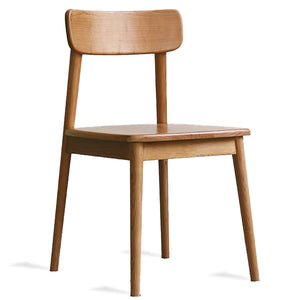
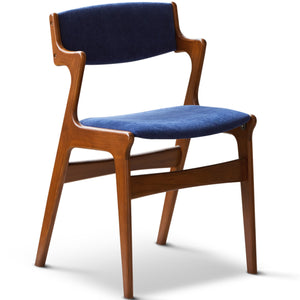
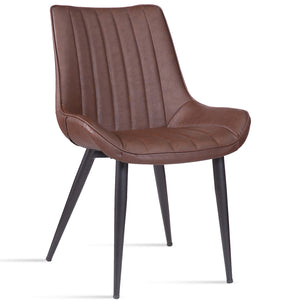
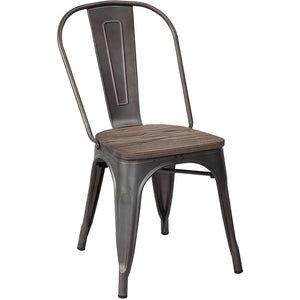
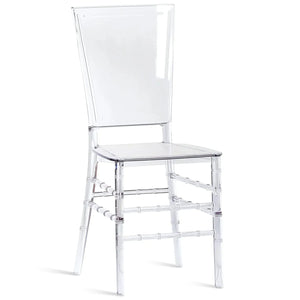
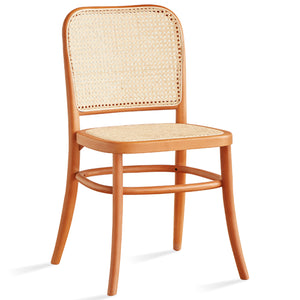

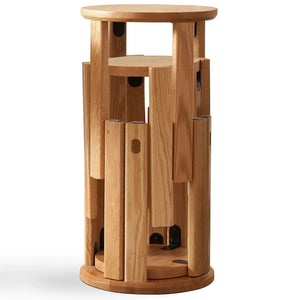

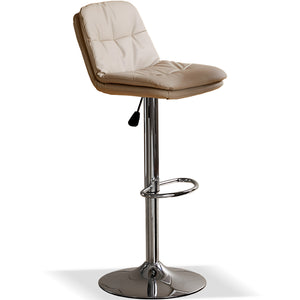
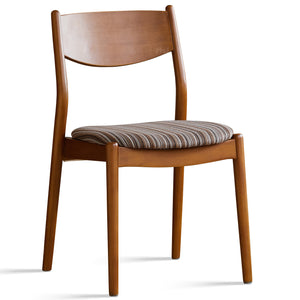
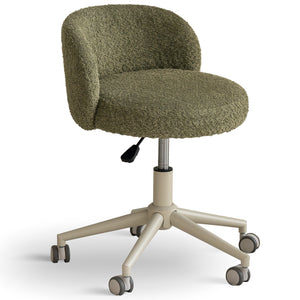
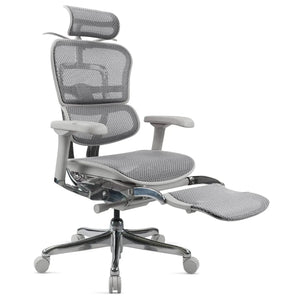

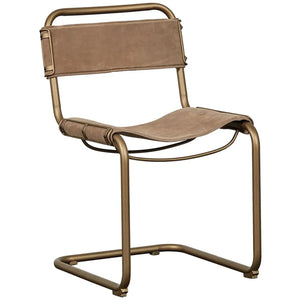
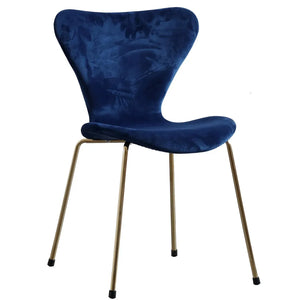

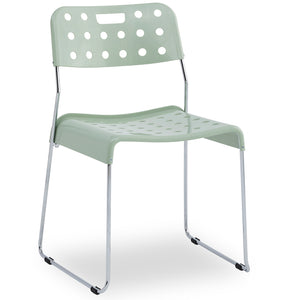
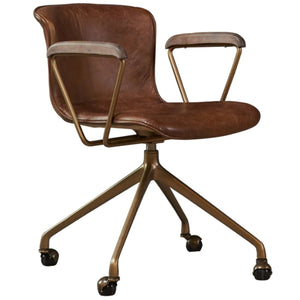
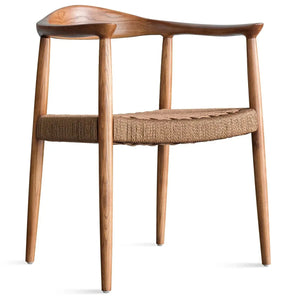

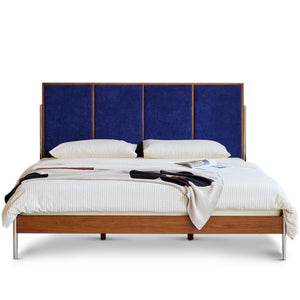
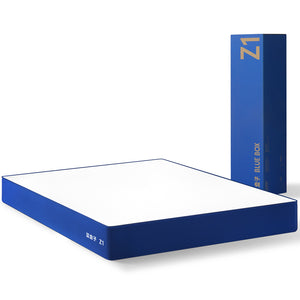

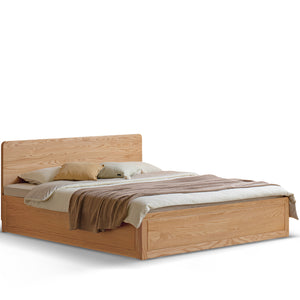
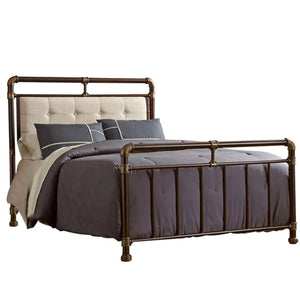
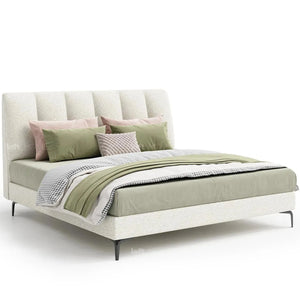
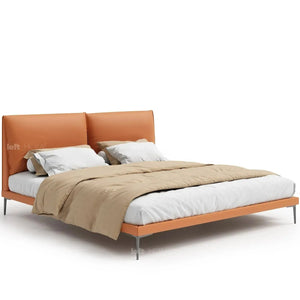
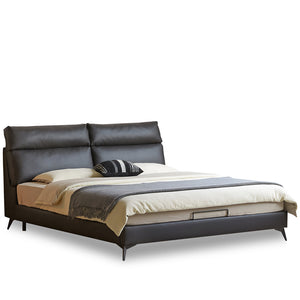
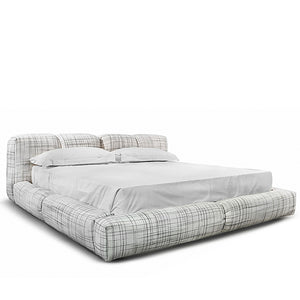

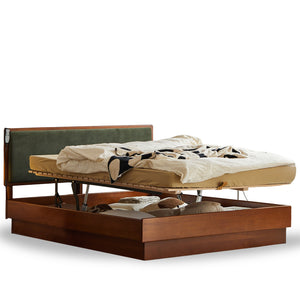


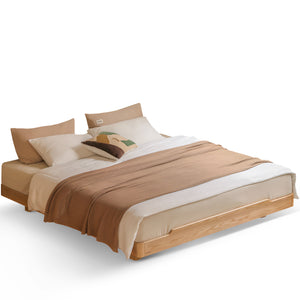
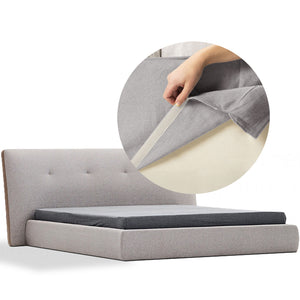
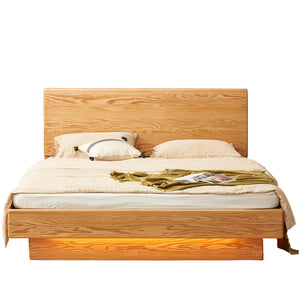

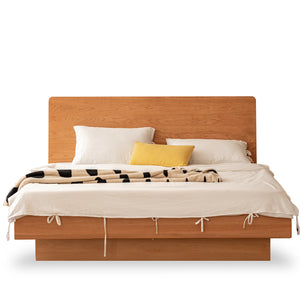
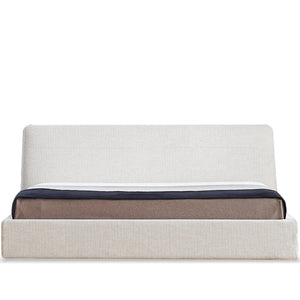
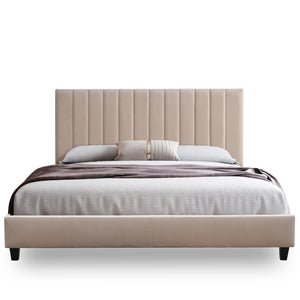
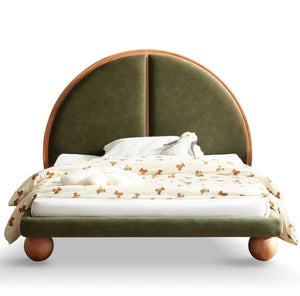
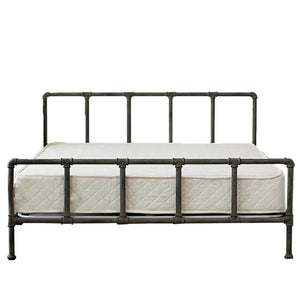

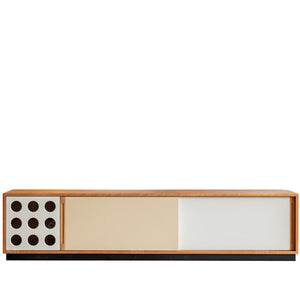

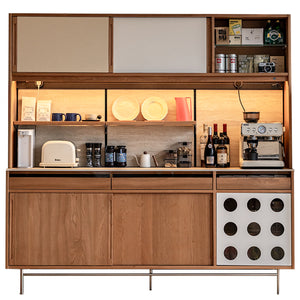
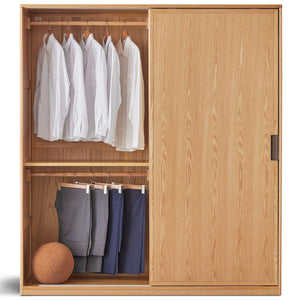
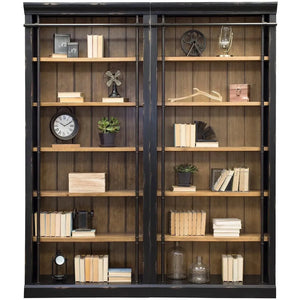
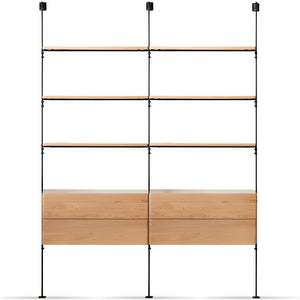

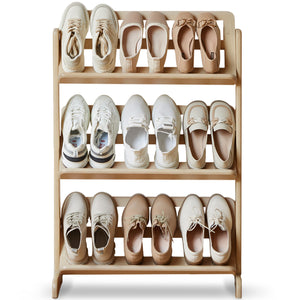
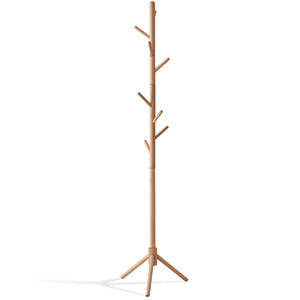

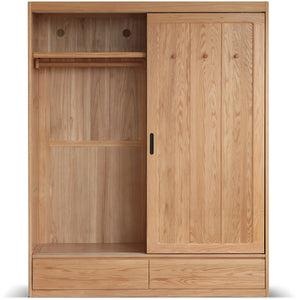

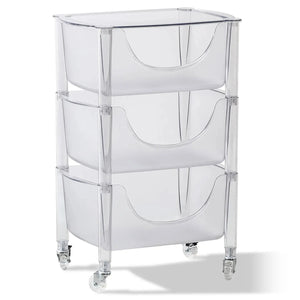
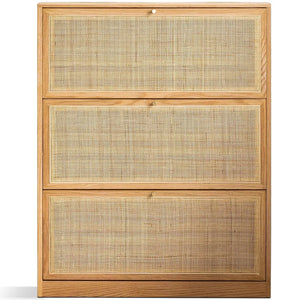
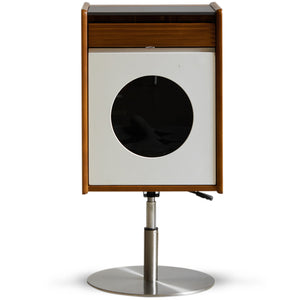
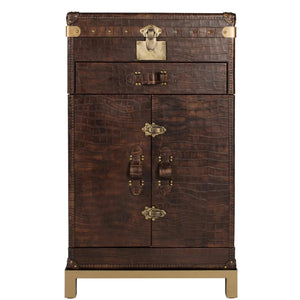

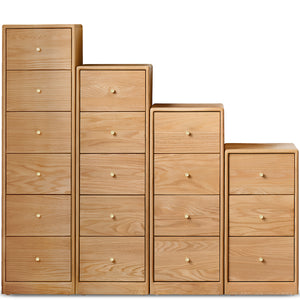
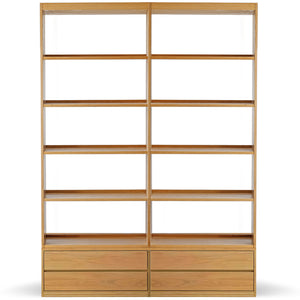
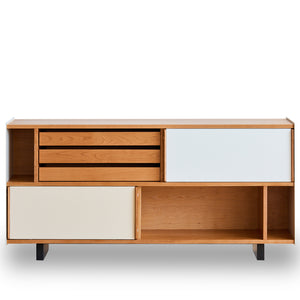
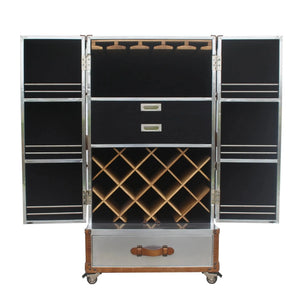
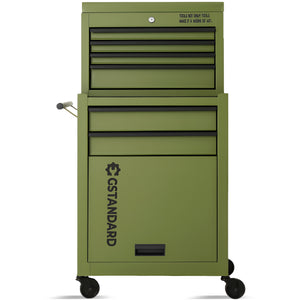


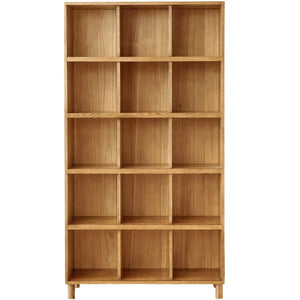

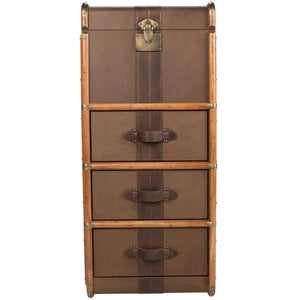
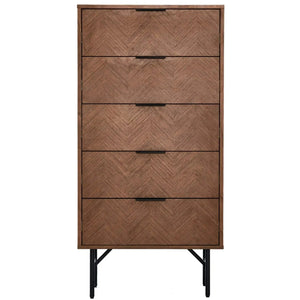
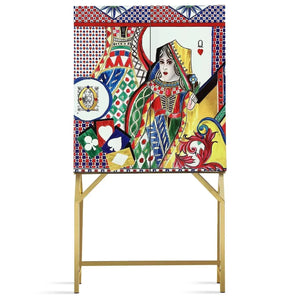
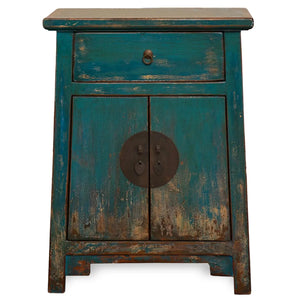
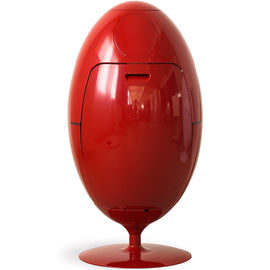
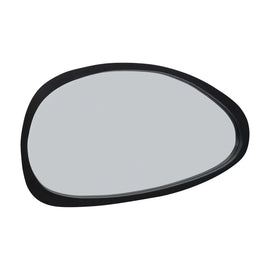

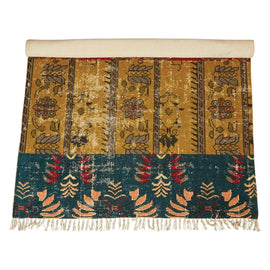
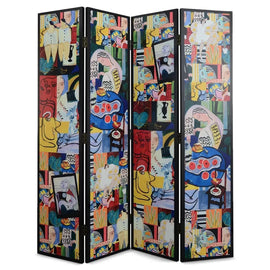

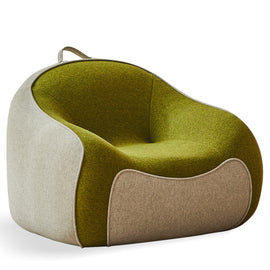
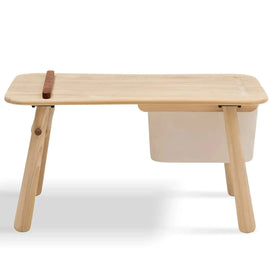
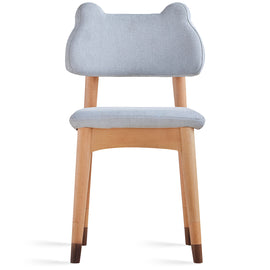
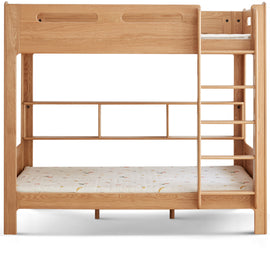
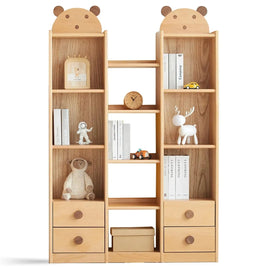
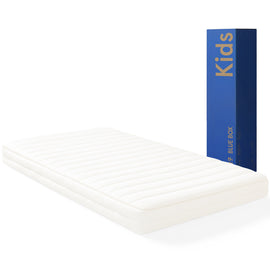
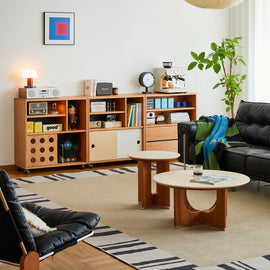


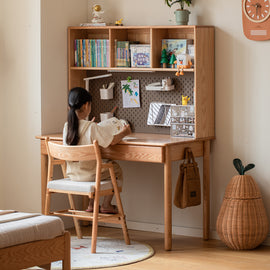
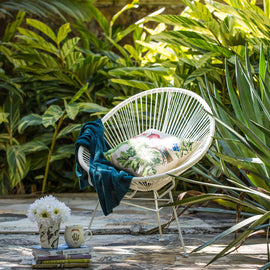
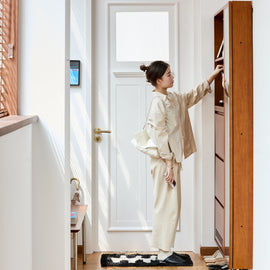
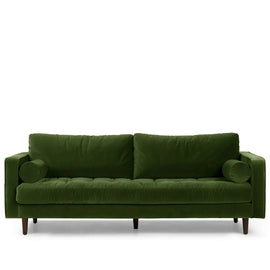
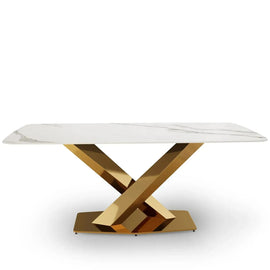
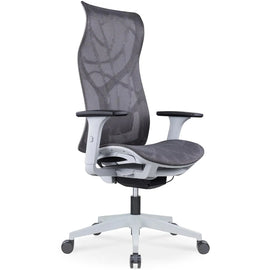
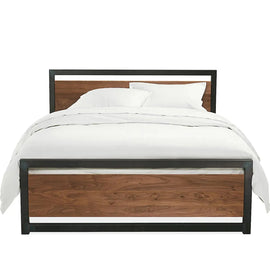
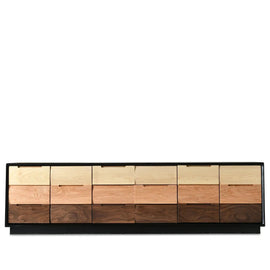


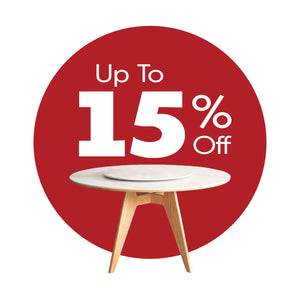


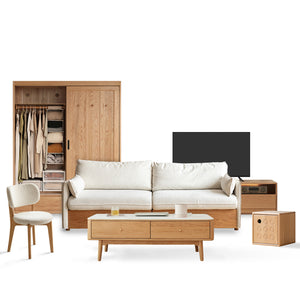
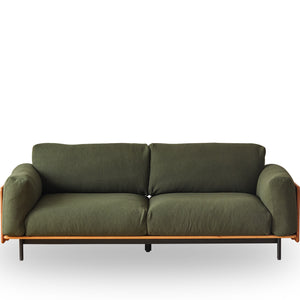
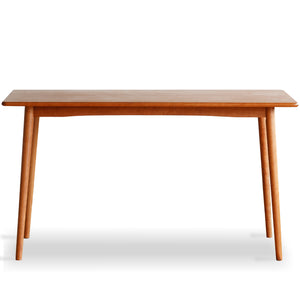
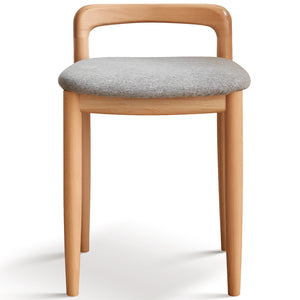

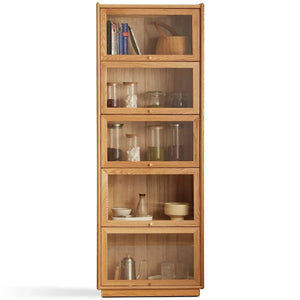
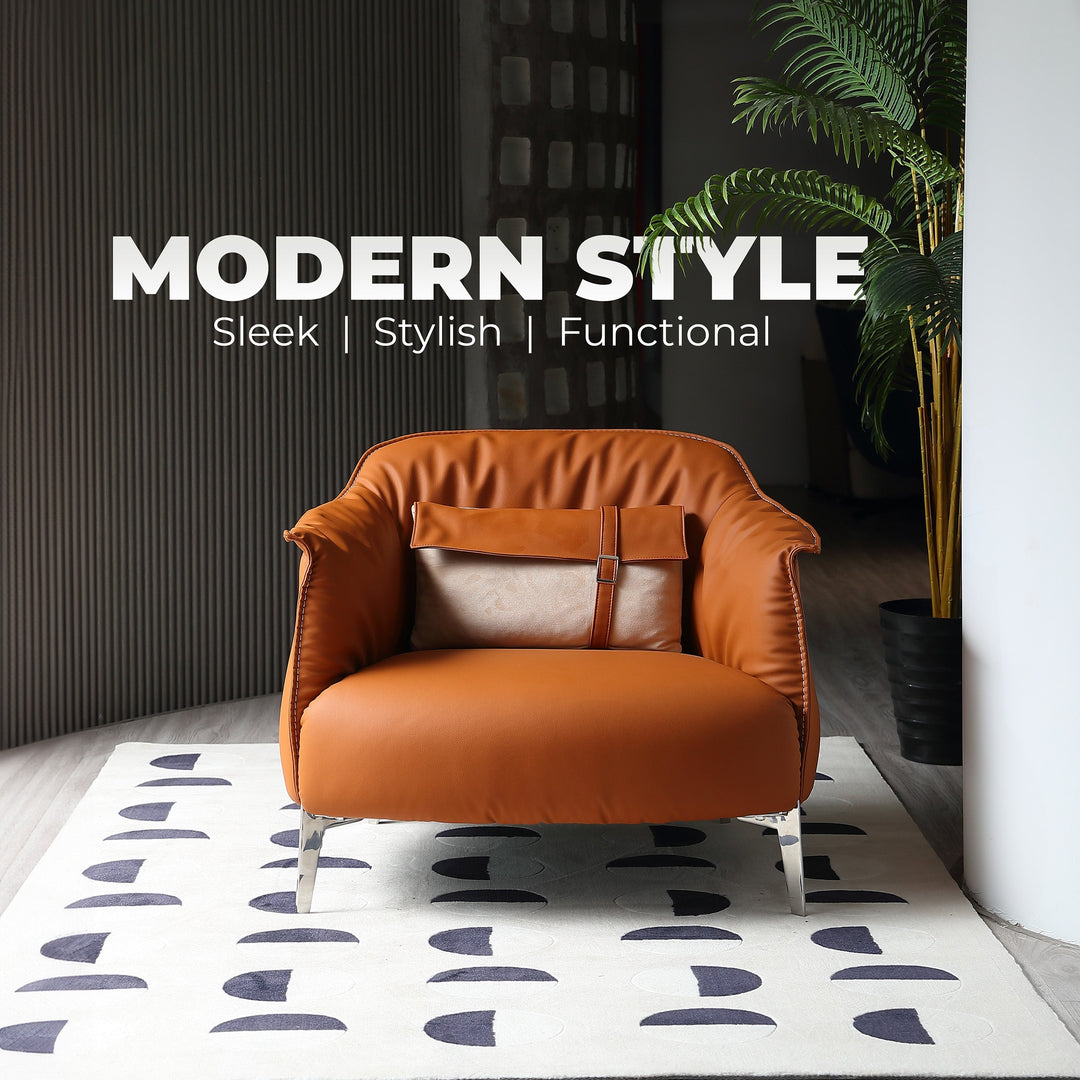
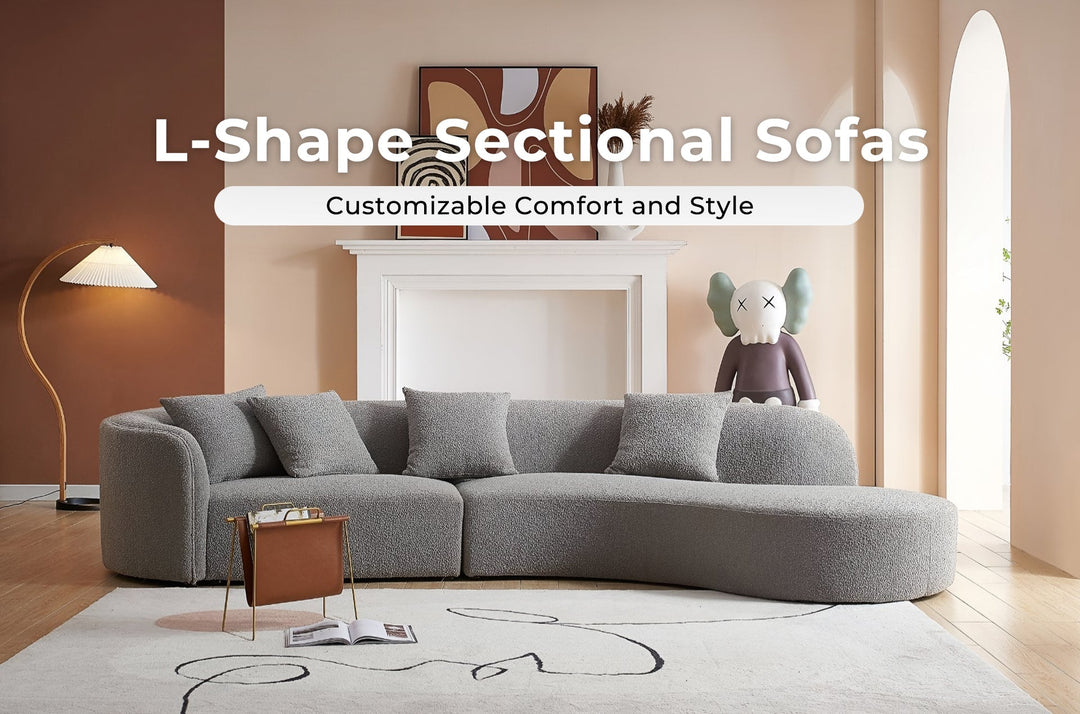

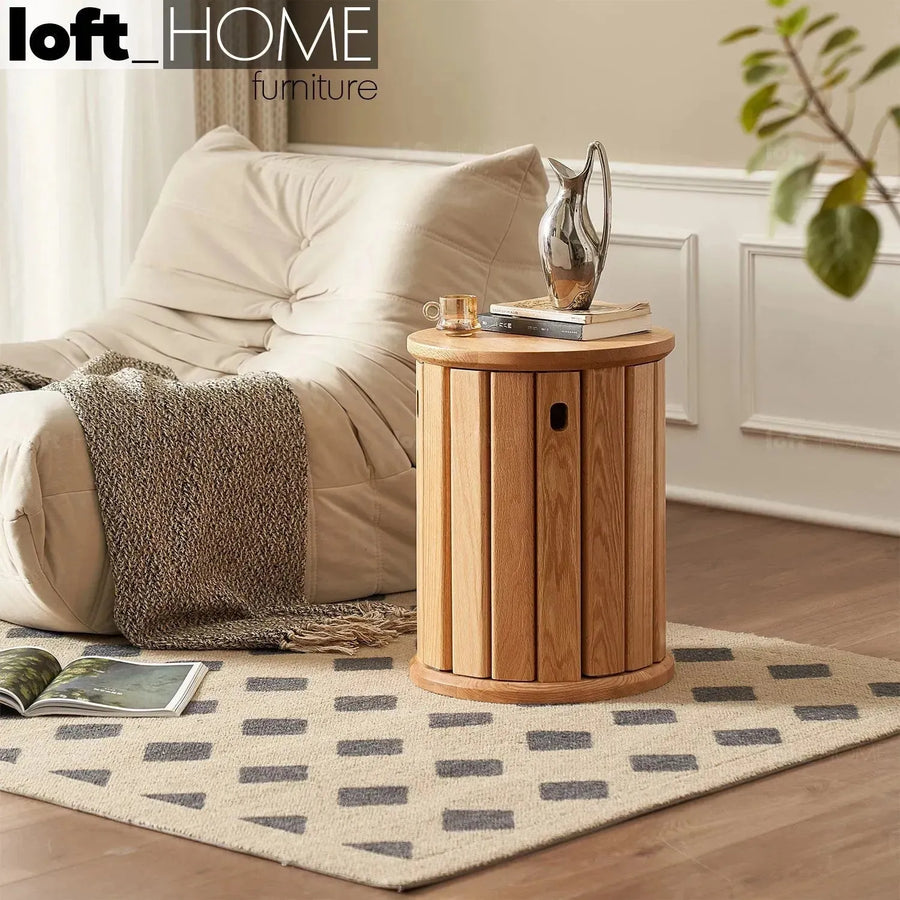
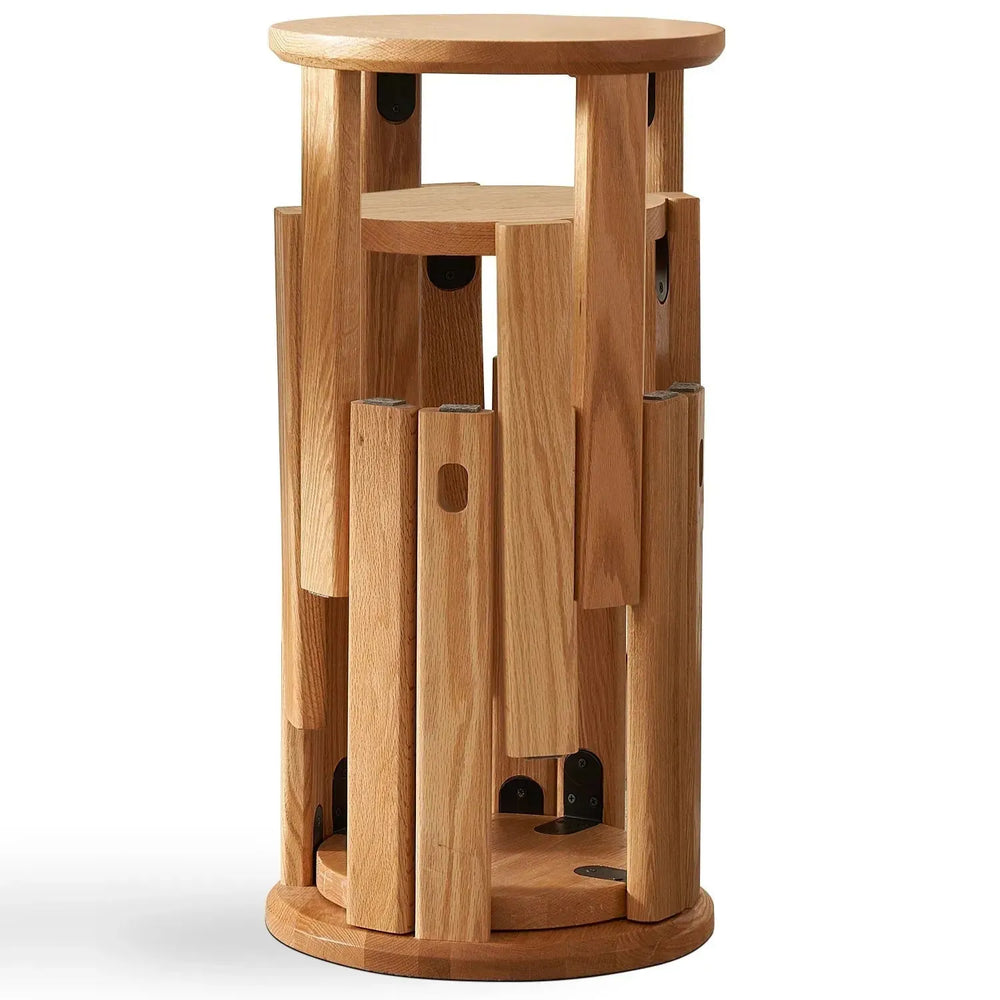



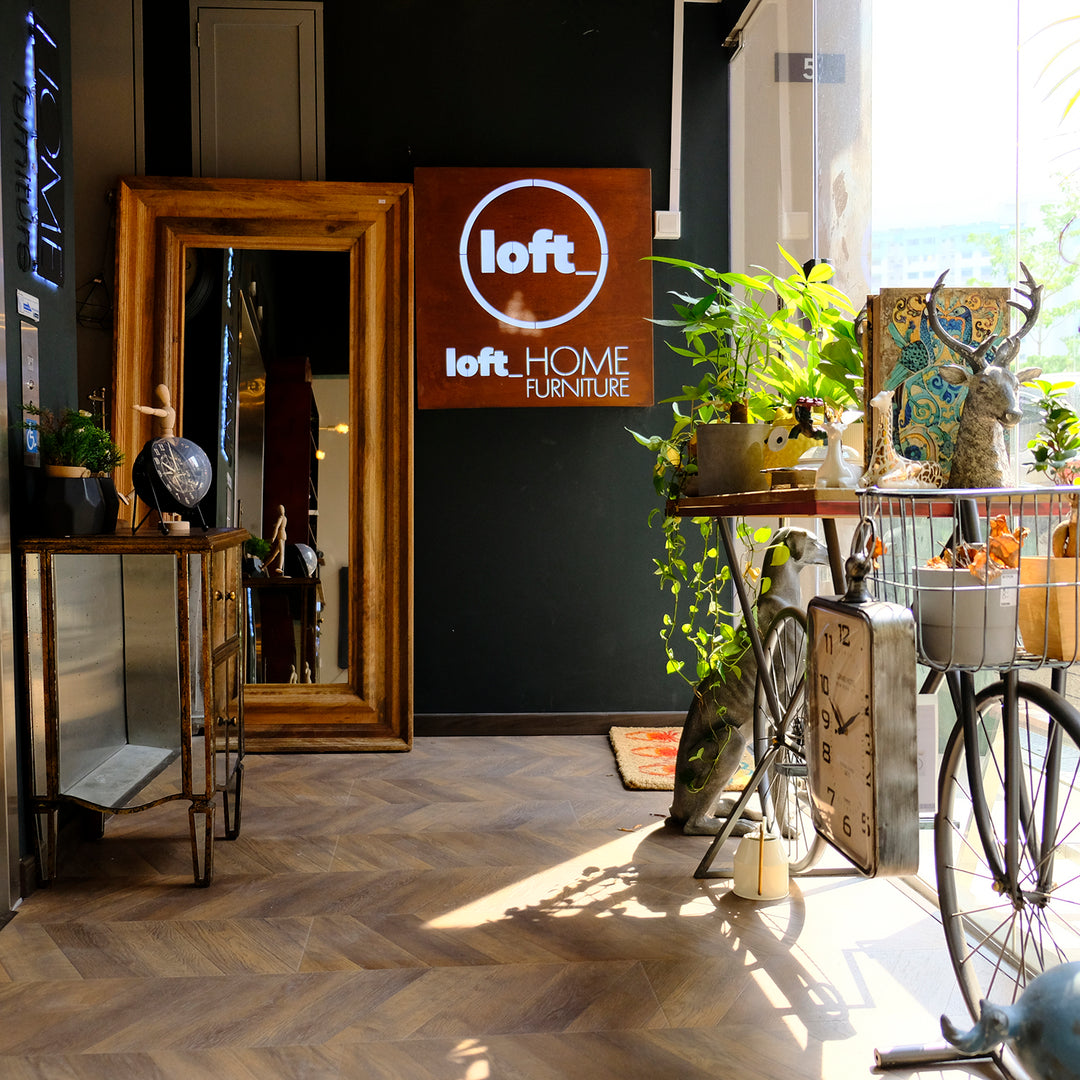
Leave a comment